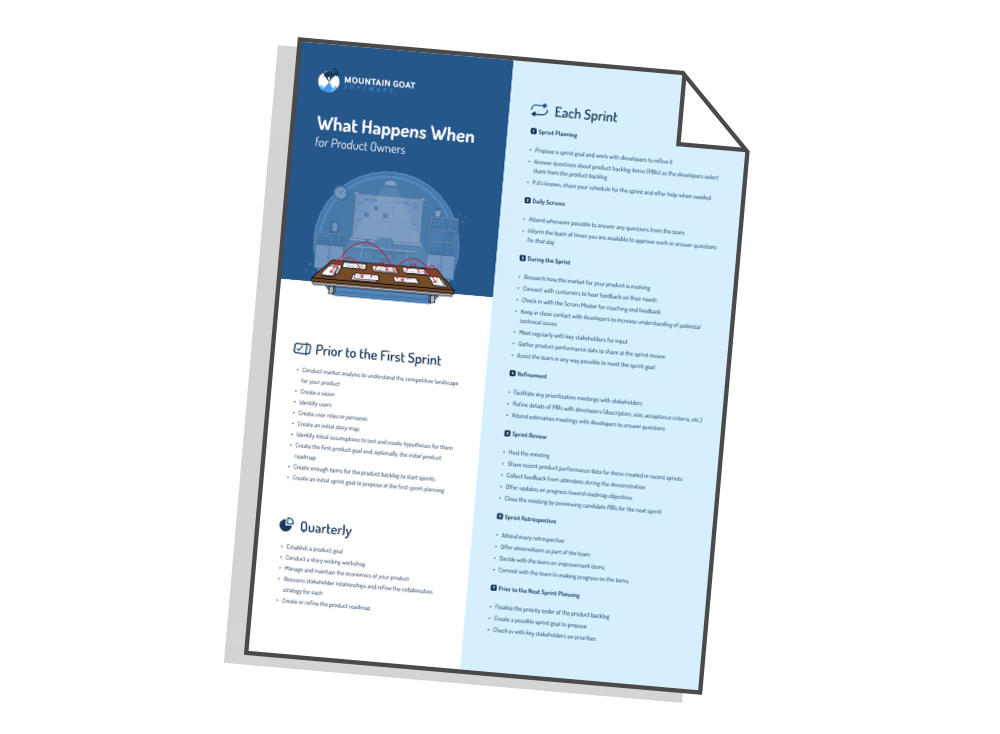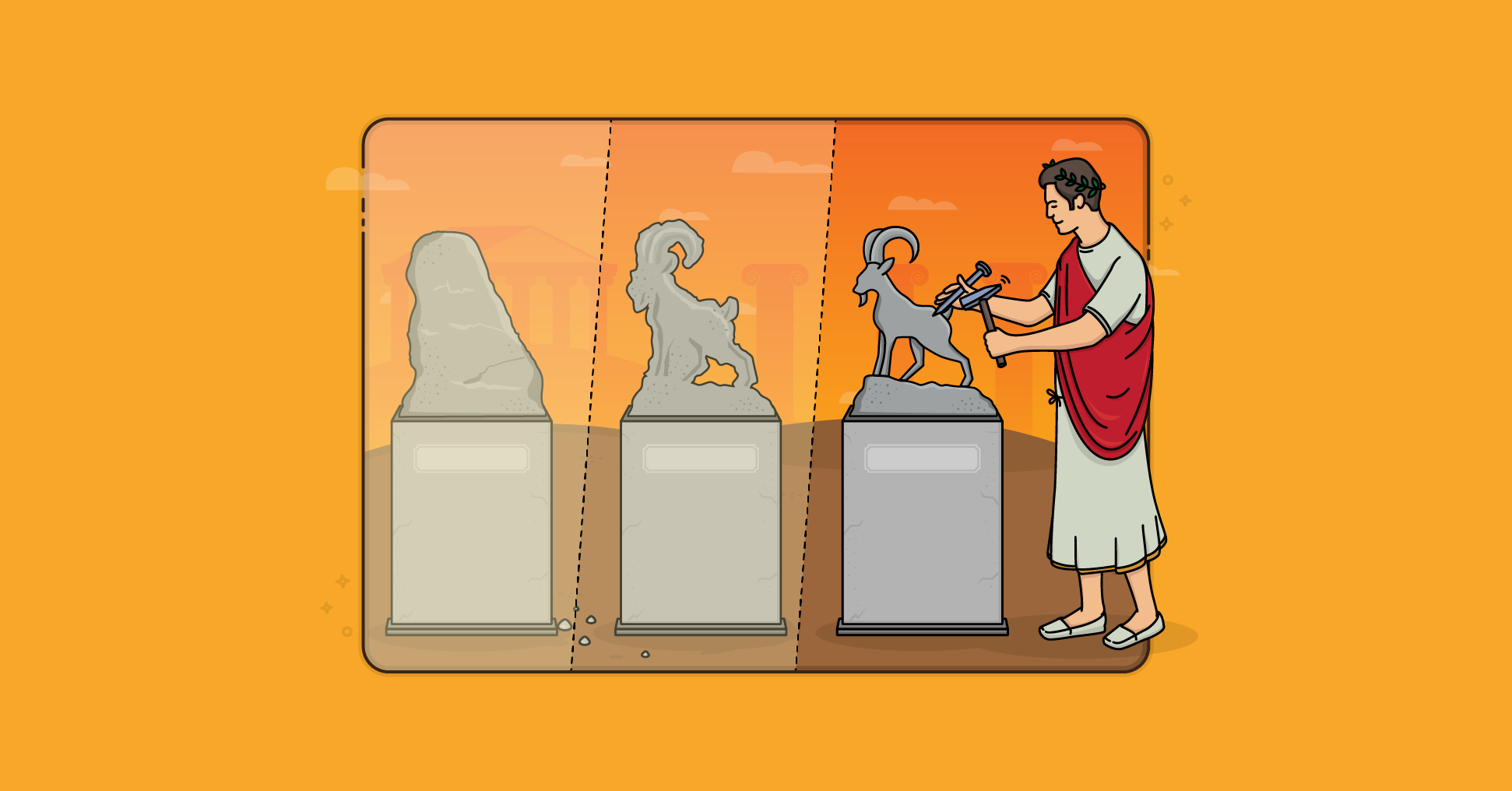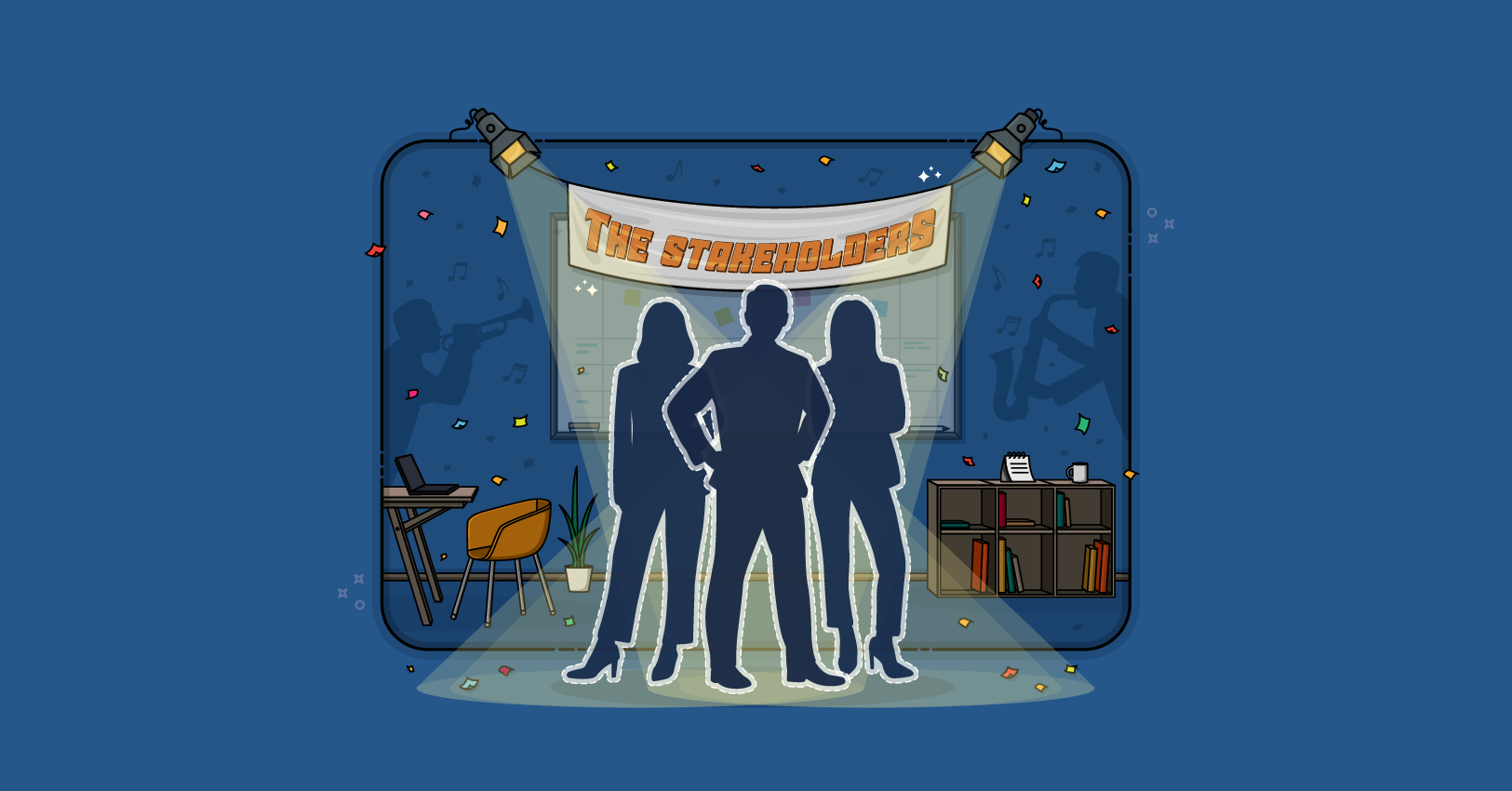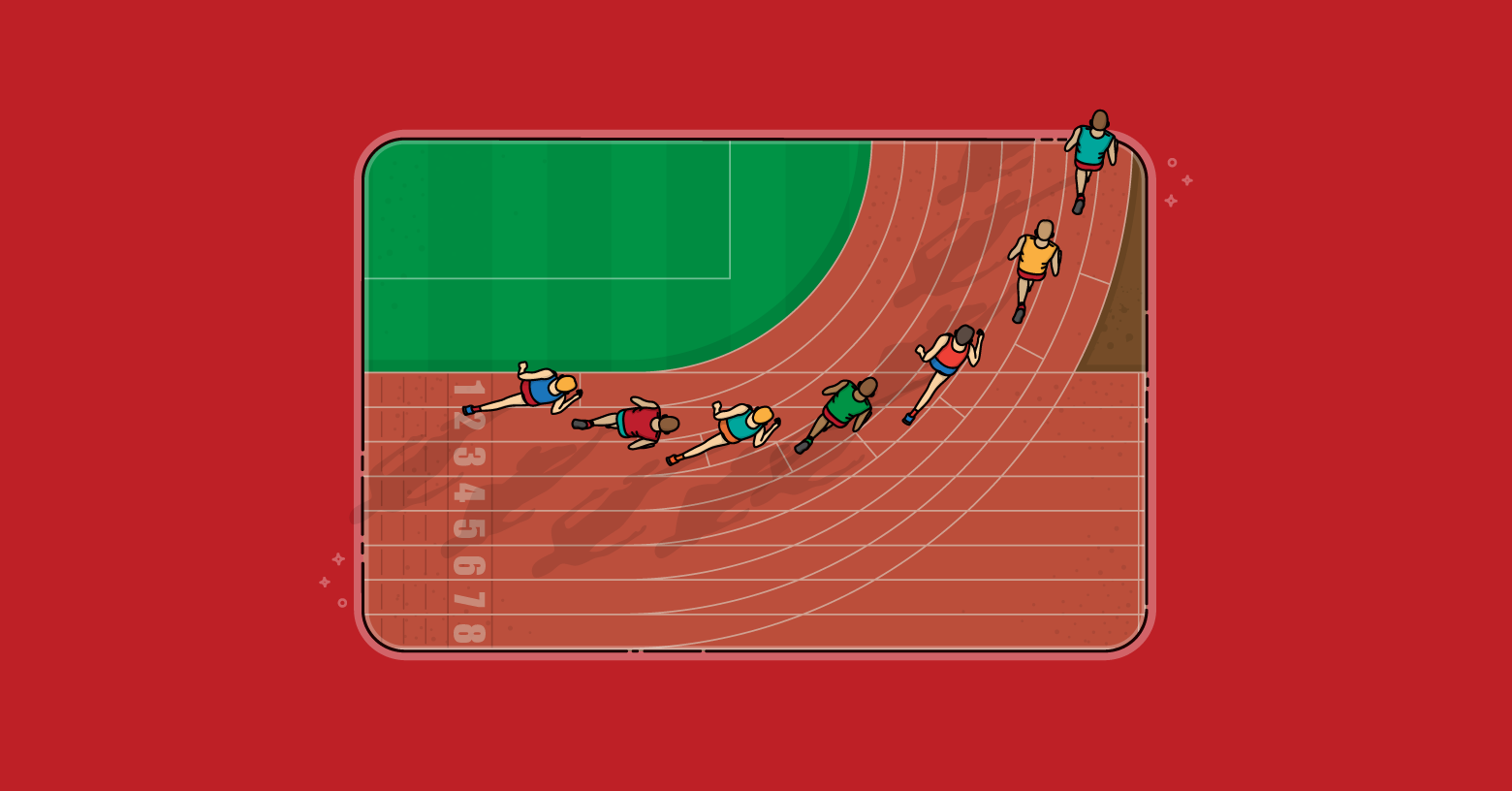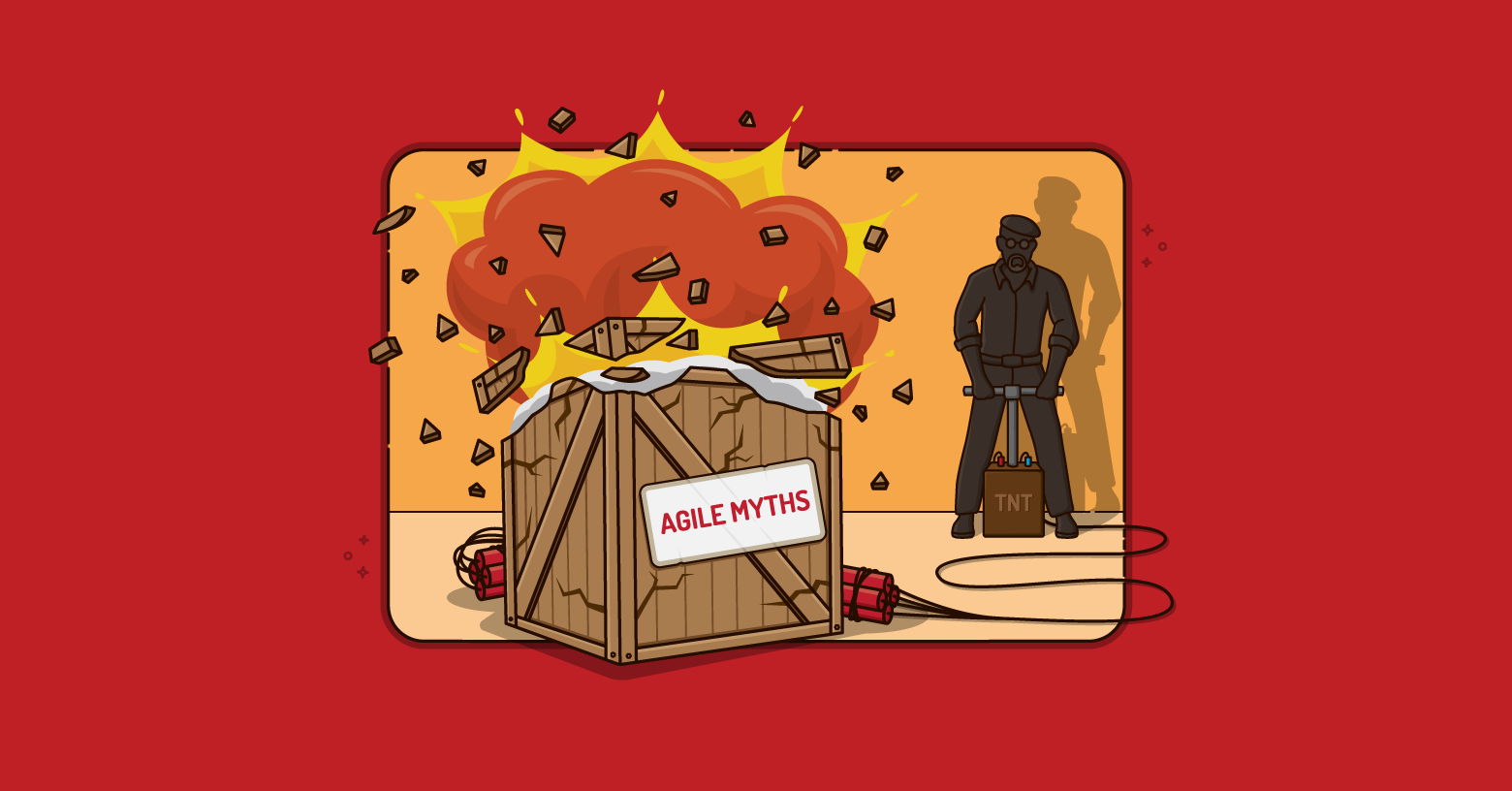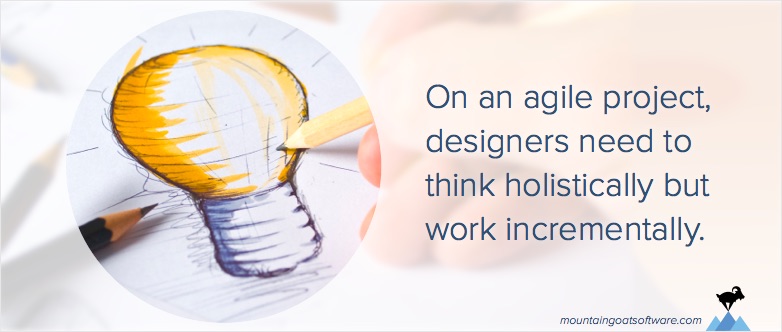
In last week’s post, I wrote about how to integrate UI designers into the agile sprint. I said that designers should work as part of the team on the current sprint but should spend some of their time (perhaps even most of it) looking ahead at what is coming next.
But this raises a concern I’d like to address in this post. How do UI designers ensure a consistent design without having an upfront design phase in which they design the entire product?
Guide the Design Intentionally
First, designers intentionally guide the design of a system. Because an agile project does not have an upfront design phase, design is said to be emergent. That is, the design emerges over time. It is not created in a phase of the project.
However, the design does not emerge randomly. The design emerges guided by the skilled intent of the designer. The designer identifies areas of the system and designs those first. The designer then works with the team to build those, incorporates feedback from real users, and then identifies the next areas of interest to design.
This process is repeated iteratively and incrementally. The key is that each area is chosen intentionally by the designer as one that will provide insights into the remaining design issues. Design does not proceed randomly.
Think about how you might put together a jigsaw puzzle. You would not put a puzzle together by randomly picking up pieces and looking to match them together. Instead, you would probably start by finding the corner pieces, then the edges, and so on. With the entire border outlined, you might move onto a specific color or pattern. This approach could be described as both emergent and intentional.
Take Advantage of Incremental Delivery to Incorporate Early Feedback
A huge advantage to UI designers on agile projects is the ability to get actual feedback from real users early in the process. In exchange for giving up the ability to design an entire system upfront, designers get something very valuable in return -- this opportunity for feedback.
As designers learn to avail themselves of this feedback, they realize that the ability to change parts of a product late in the process outweighs the benefits of total freedom in an upfront design phase.
Think Holistically, Work Incrementally
Novelist E.L. Doctorow has said that writing a novel is like “driving a car at night. You never see further than your headlights, but you can make the whole trip that way.” I think the same applies to designing products.
A designer should have a vision for the full journey, but can make the drive seeing only as far ahead as as the headlights reveal.
On an agile project, designers need to think holistically but work incrementally. The designer and novelist both know where they are ultimately headed, but each gets there by looking only a certain distance ahead at any time.
Last update: January 15th, 2018


